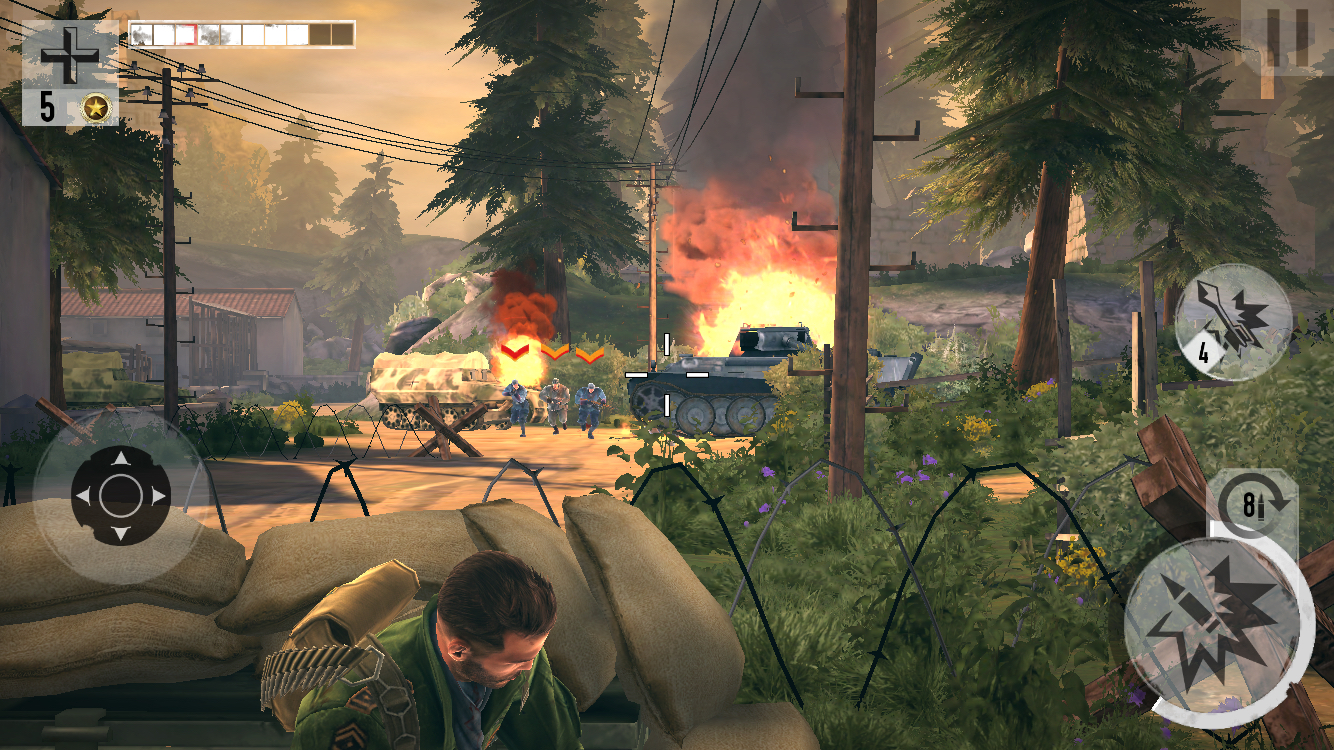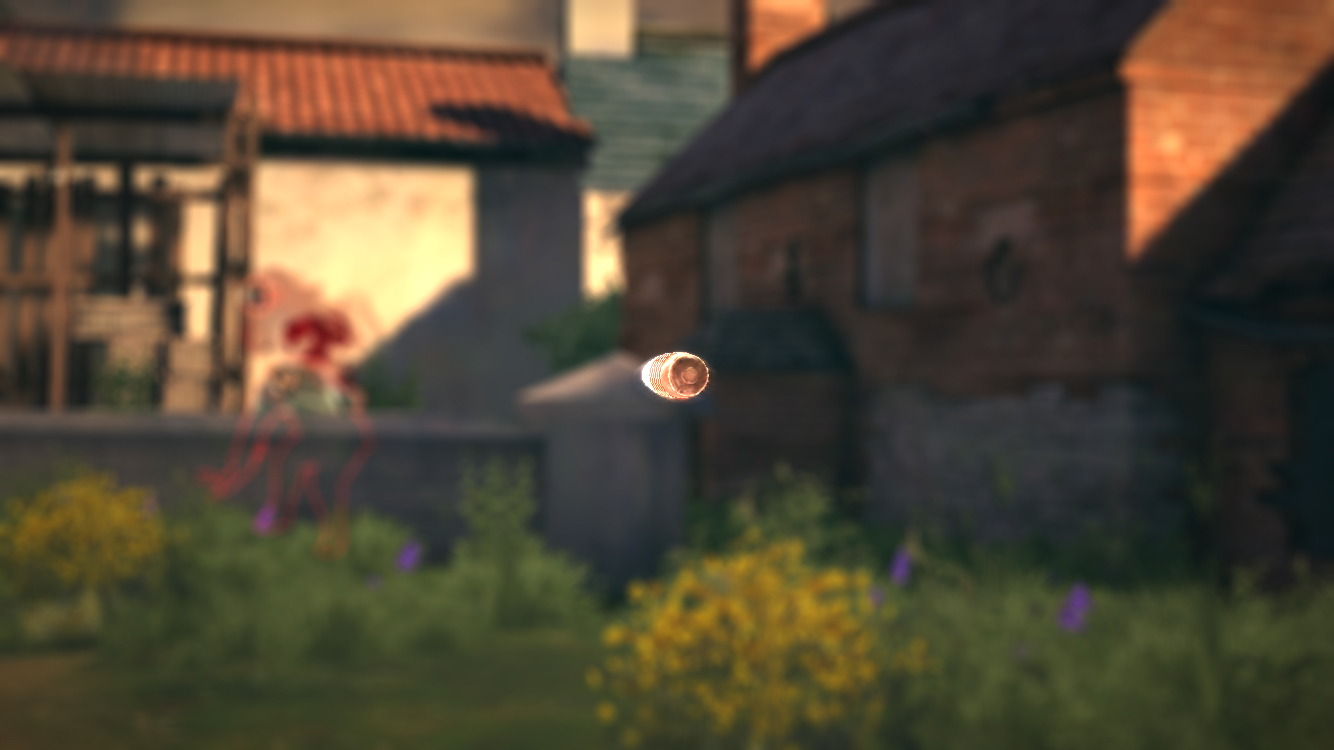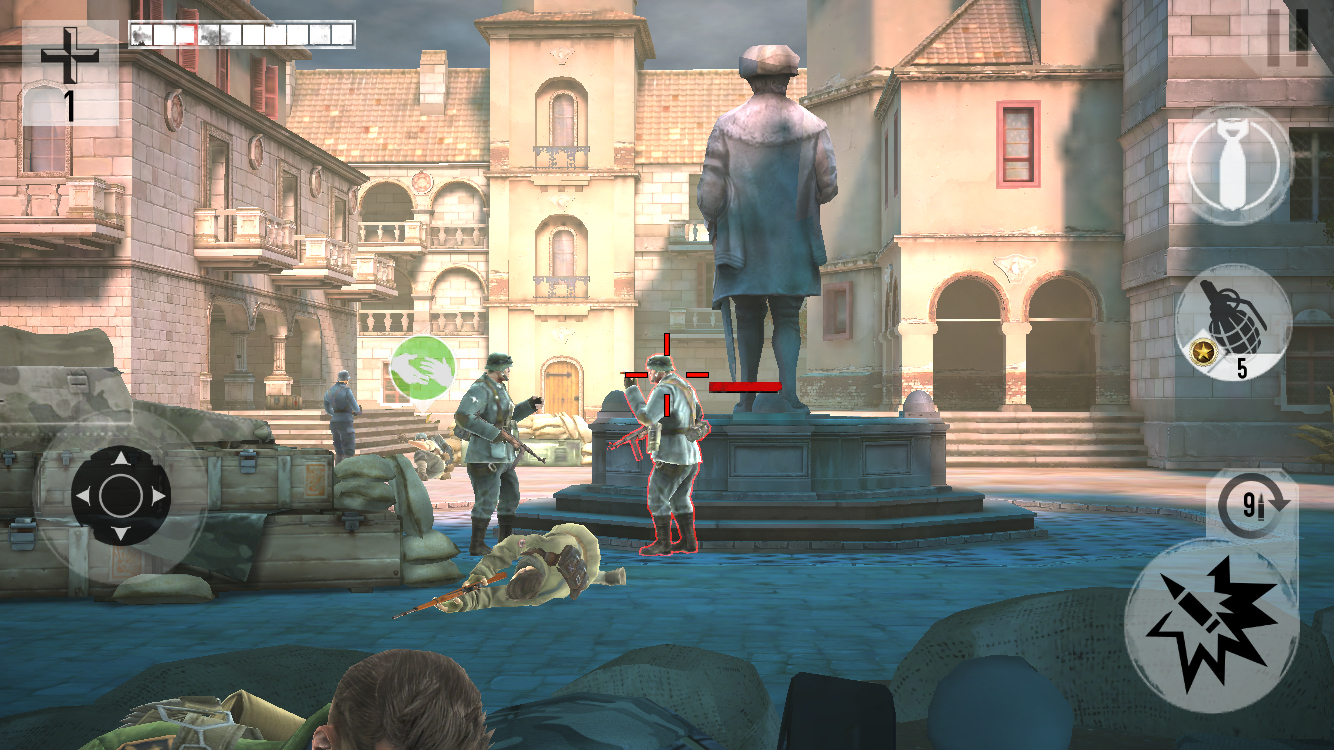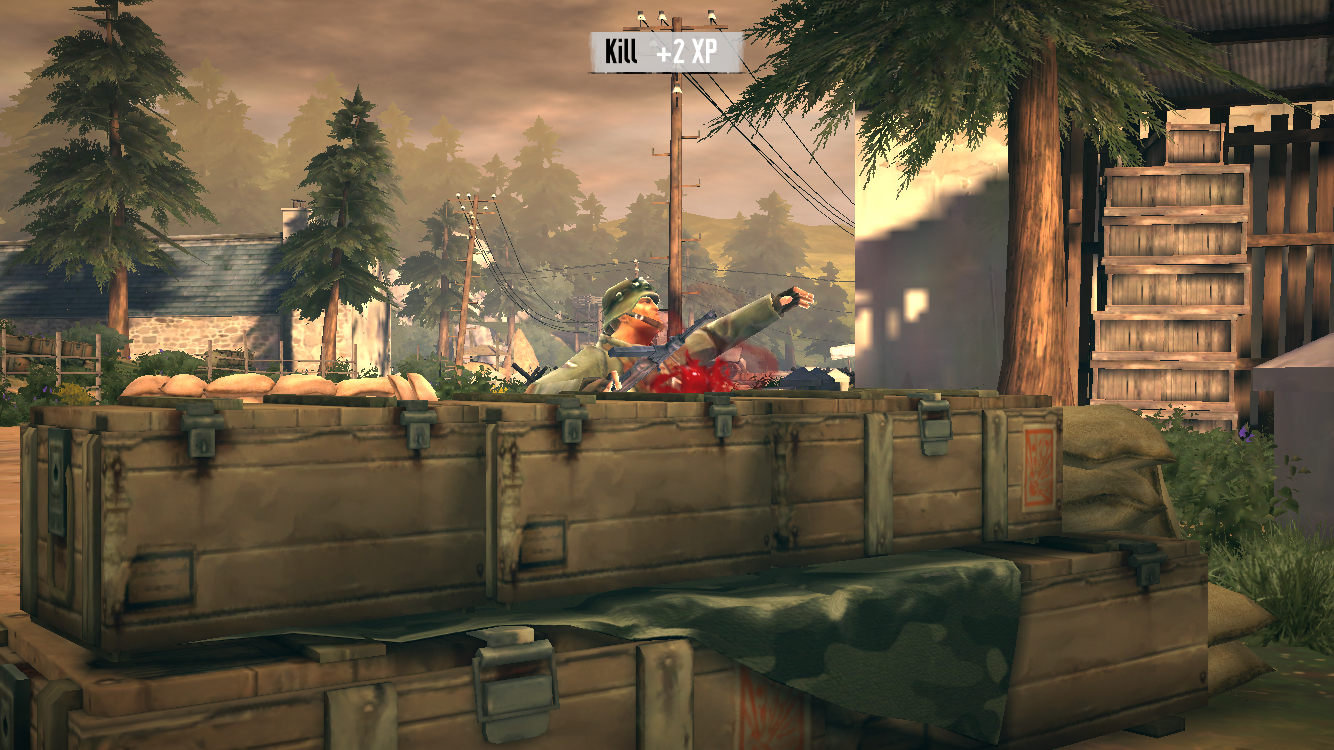 As we mentioned earlier this month when we posted the teaser trailer, Gameloft’s Brother in Arms 3: Sons of War (Free) has been a long time coming. Announced in June of 2013, we took it for a spin back in E3 2013 and enjoyed the big changes to the series – namely the transition from a traditional shooter to one that was mostly a cover-based on-rails affair. Fast forward nearly a year and a half later and Sons of War is significantly different than when last we played it. For folks hoping for a significant shift in the series direction, Sons of War may disappoint as it goes back to its traditional roots, but that isn’t necessarily a bad thing.
As we mentioned earlier this month when we posted the teaser trailer, Gameloft’s Brother in Arms 3: Sons of War (Free) has been a long time coming. Announced in June of 2013, we took it for a spin back in E3 2013 and enjoyed the big changes to the series – namely the transition from a traditional shooter to one that was mostly a cover-based on-rails affair. Fast forward nearly a year and a half later and Sons of War is significantly different than when last we played it. For folks hoping for a significant shift in the series direction, Sons of War may disappoint as it goes back to its traditional roots, but that isn’t necessarily a bad thing.
As mentioned earlier, we previewed Sons of War as a cover-based shooter that let you swipe between covers, essentially removing the free-movement portion of the third-person shooter mechanics. Now, the extra year and a half of development have seen the game go back to a traditional third-person cover shooter with free range of movement. I didn’t have the pleasure of checking out Sons of War in its previous incarnation but I have to say I like what I’ve played so far with the final version.

Firing up Sons of War for the first time brought both some familiarity as well as significant changes to the series. The game’s bite-sized missions and World War II setting make a return, as well as a returning cast of characters. Also making a return is the emphasis on participating in missions with a partner. The game’s controls work pretty well while under cover, but the default movement controls feel like they’re going to take some time to get used to.
Gameplay itself is a huge improvement over its predecessor. Visuals are great and Sons of War plays very smooth with little slow down on current generation hardware. While the story narrative is pretty generic, I still found it improved over Brother in Arms 2. I also really enjoyed the cover system and the way it easily integrated with the free movement. I think it would have been interesting to see the game as a swipe-based, but I think the developers did a great job in converting it over to free movement. Gameloft has made great strides with its shooters recently and I think Sons of War continues that trend.

The biggest departure that’s noticeable at the onset of Sons of War is its integration of freemium elements. For those that don’t know the history, Brother in Arms 2 originally debuted as a standard, “premium” title that was later taken off the App Store for Brother in Arms 2: Global Front Free+, which incorporated some fairly iffy freemium elements related to the procurement of basic items (such as ammo). Sons of War isn’t that draconian but it does incorporate a dual currency system, an upgrade system that has timers, as well as an energy mechanic for going on missions.
At the onset, I didn’t find the freemium elements too onerous. Players are given a pretty decent amount of total energy that acts as the gatekeeper to playing missions. Energy is refilled when leveling up and players can even raise the maximum energy cap with subsequent level ups (gaining levels also improve your characters overall health). However, later missions up the ante in regards to the amount of energy needed to run a mission. Combine that with the subsequent spikes in difficulty and the likelihood of needing to replay missions (which also take energy) and it’s easy to see that the large stockpile of energy may not be as numerous as one might think.

Honestly though, the energy system on it’s own isn’t a big concern. However, when it’s combined with the game’s premium currency and upgrade system that I start having some overall concerns with the game’s freemium elements. Playing the campaign unlocks new weapons available for purchase. Some mission actually require said weapons for to play, so it’s a good idea to keep a reserve of the standard currency just in case. However, missions will also require you to upgrade existing weapons in order to engage in them. Weapon upgrades not only take currency but also time. It’s hard to balance constantly playing missions to earn currency, waiting for weapons to be upgraded and keeping energy available to play, which is where the general concerns come in.
Of course, this is where the premium currency comes into play. It can be used as an alternative method for buying weapons (in fact, buying them with premium currency gives you a stronger version of the weapon), for speeding up timers, and for purchasing consumables. Consumables range from medkits to grenades to even tank-busting bazookas. Granted, most consumables can be found in game but it doesn’t feel right to me to offer them up for purchase for only premium currency.

When you add in the game’s VIP system, which offers a multitude of benefits over a limited amount of days for premium currency, Sons of War’s system became way too complicated for my taste. The simple fact that even this review spends so much time on explaining the systems means to me that the game focuses less on gameplay and more on monetization, which is a shame. I still think the underlying game in Brother in Arms 3 is worth playing, but there are a lot of potential players that will be instantly turned off by all the freemium aspects. Sadly, I can’t say I particularly blame them in this case.